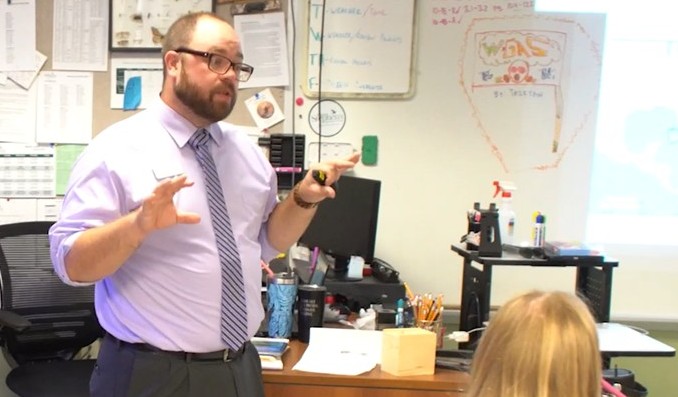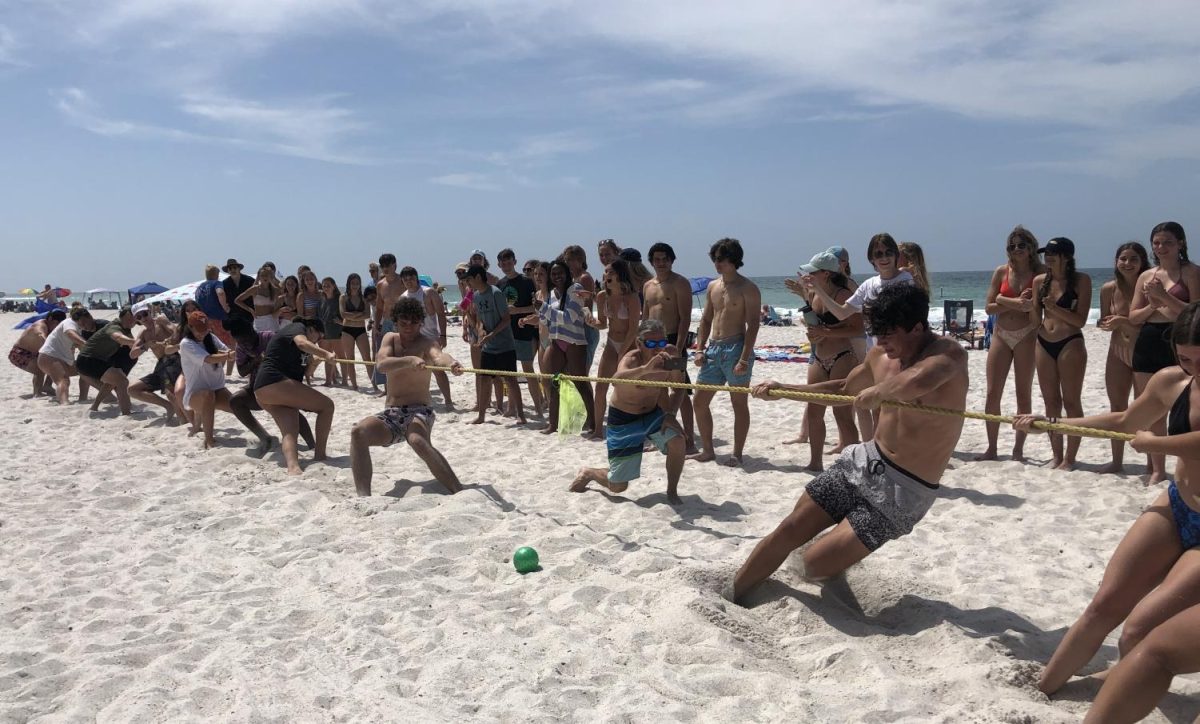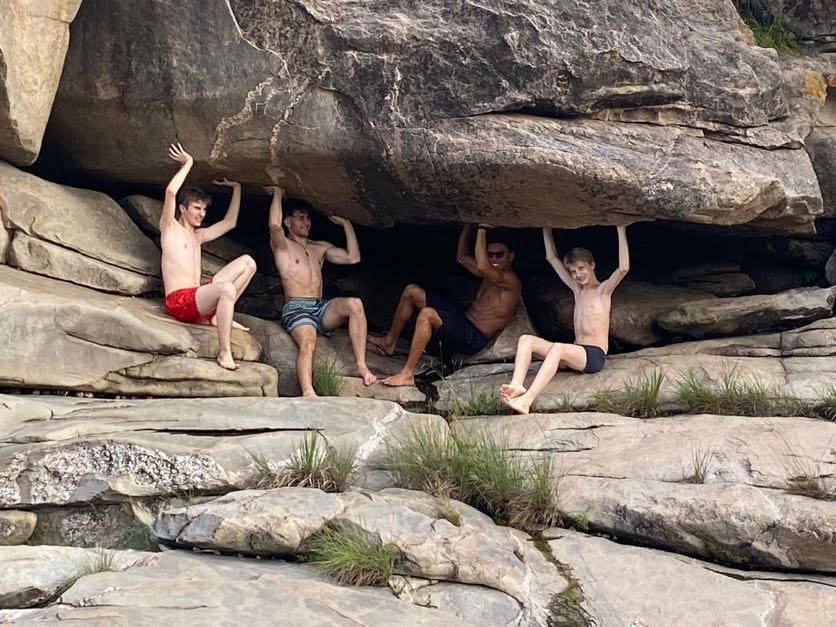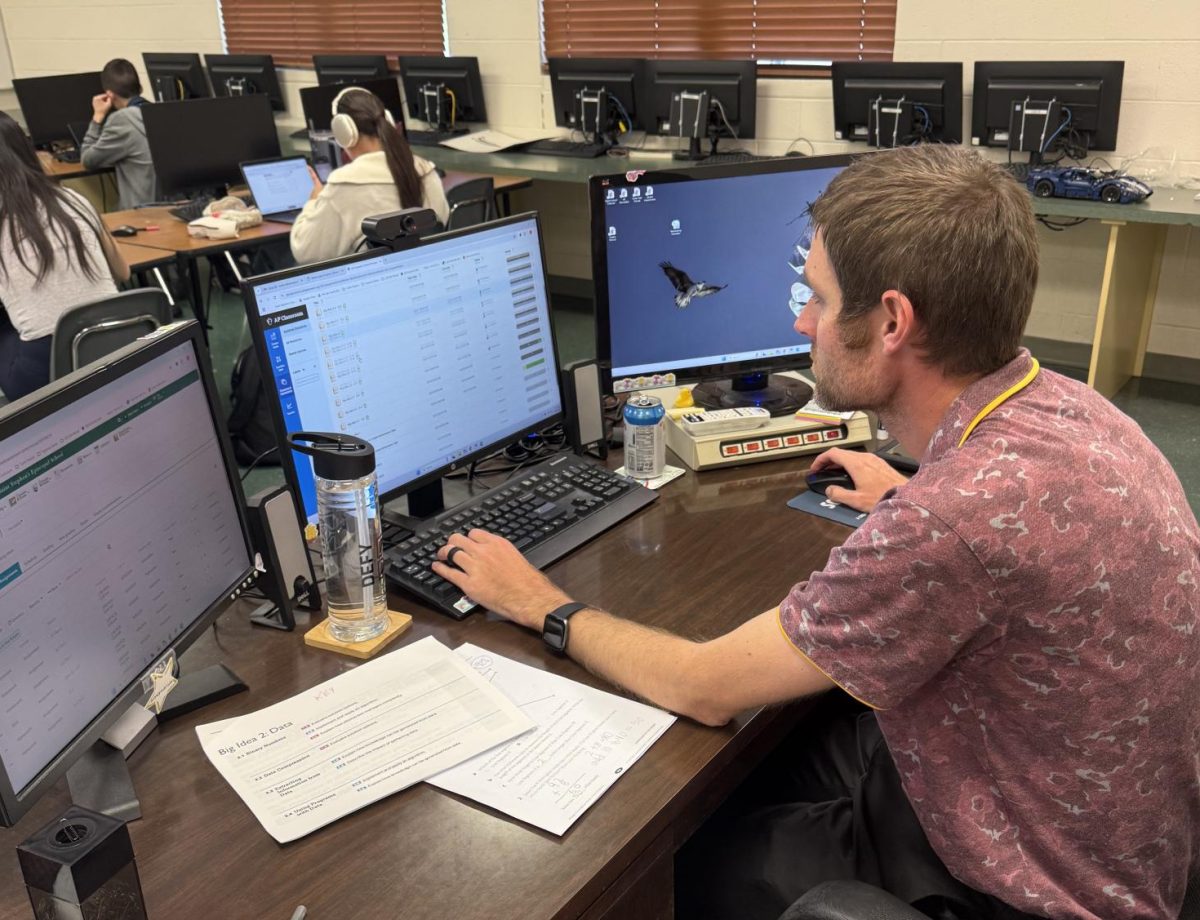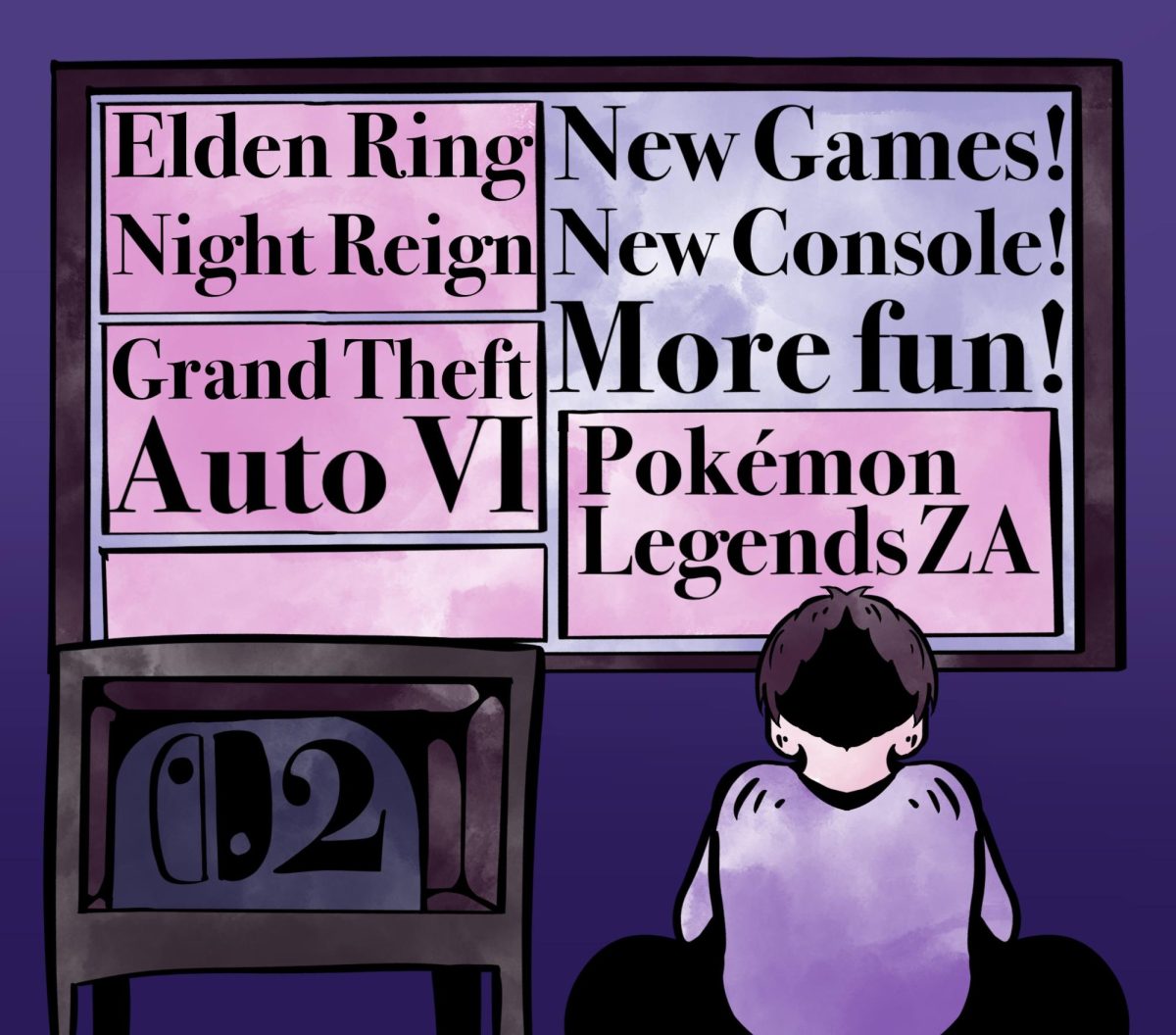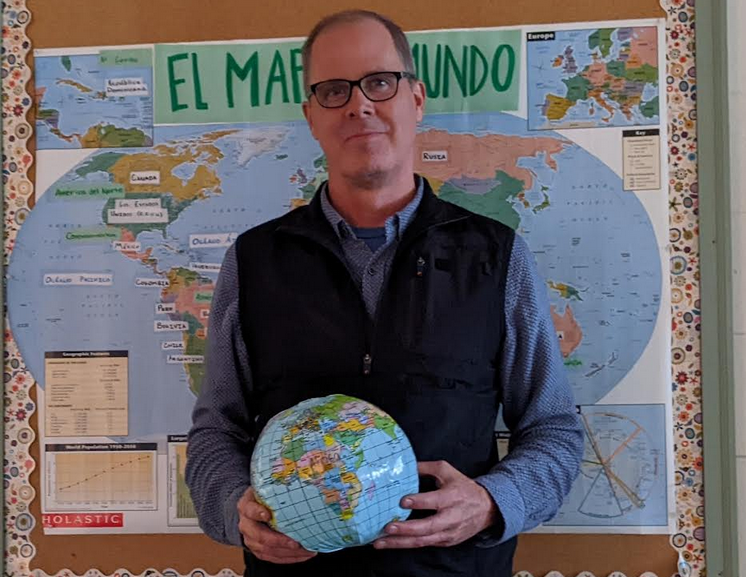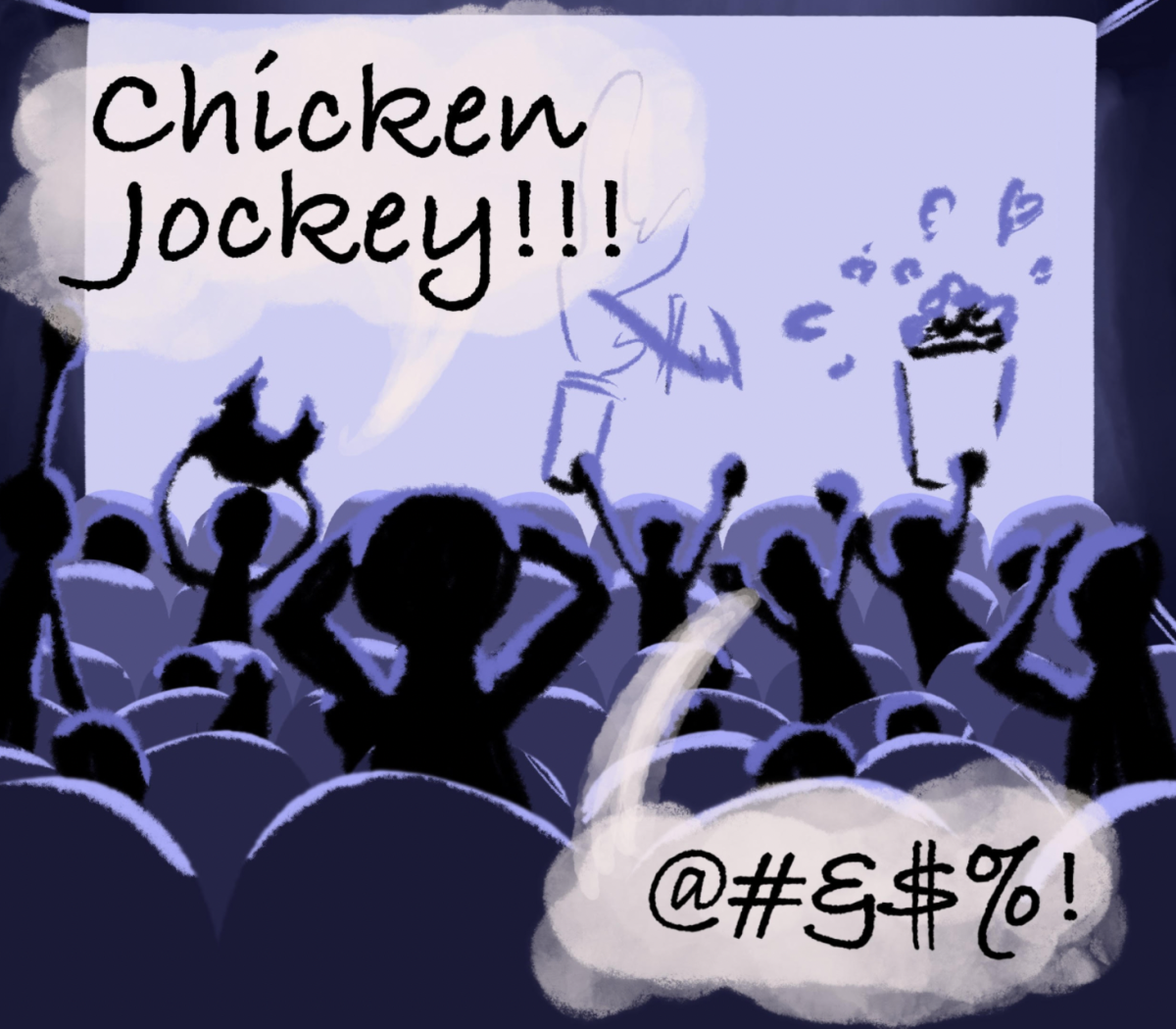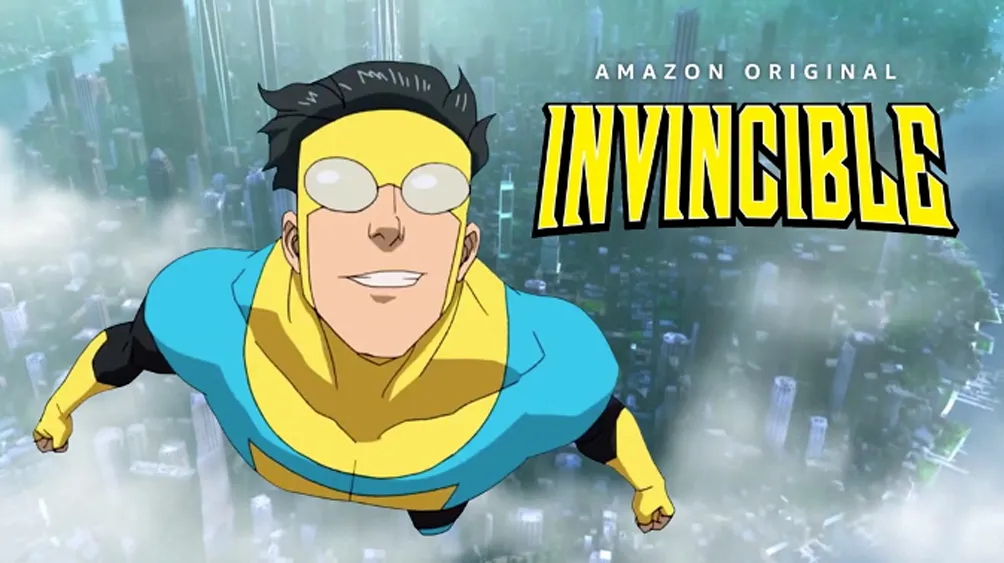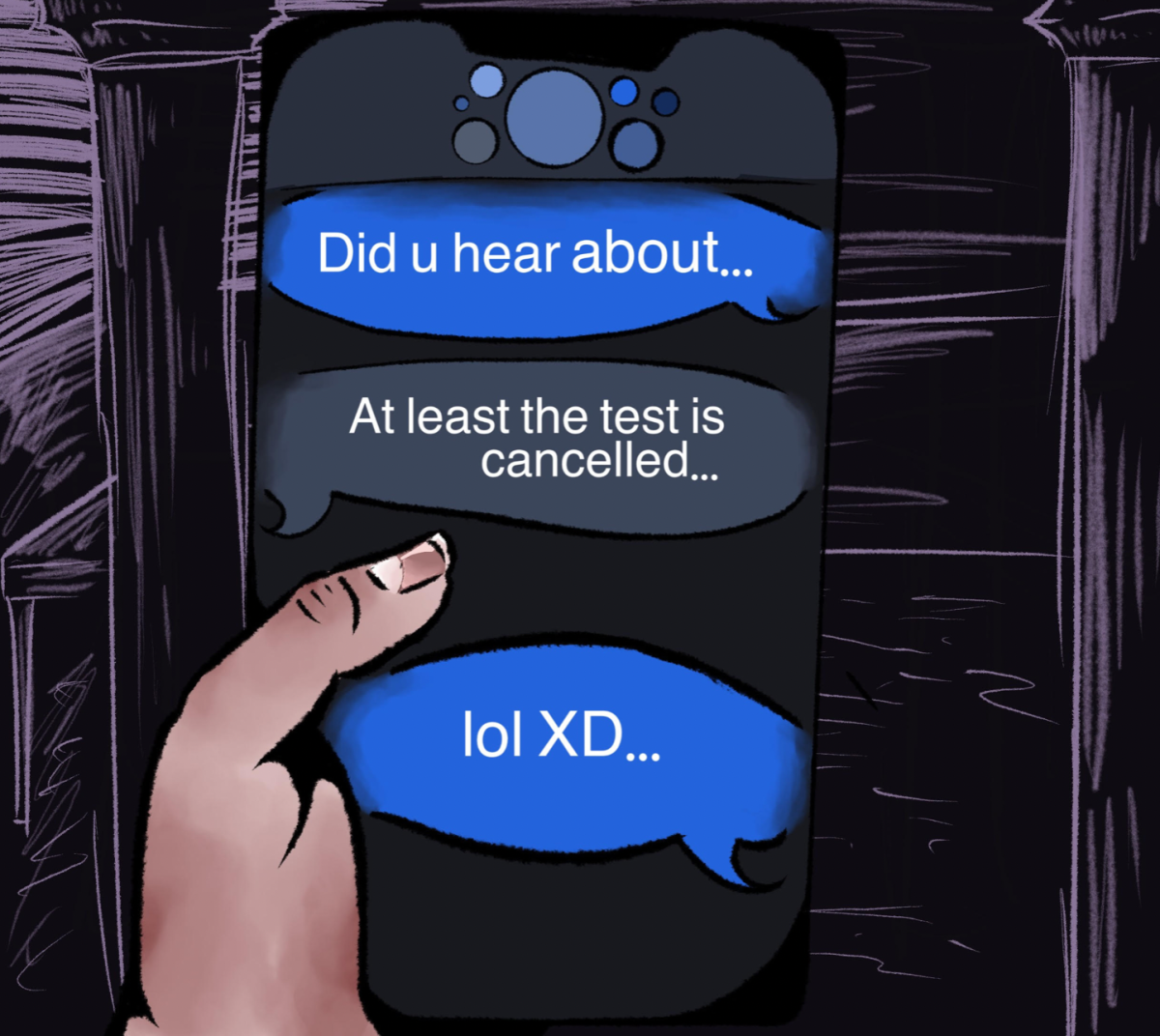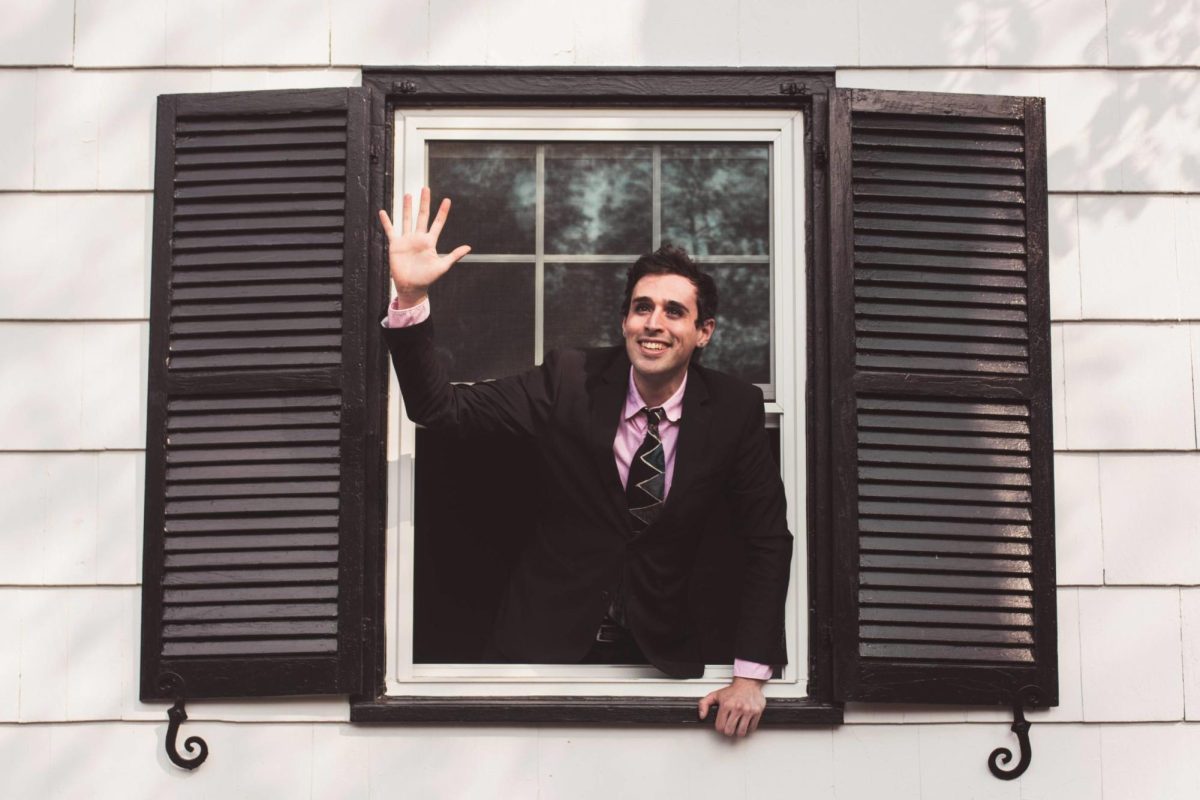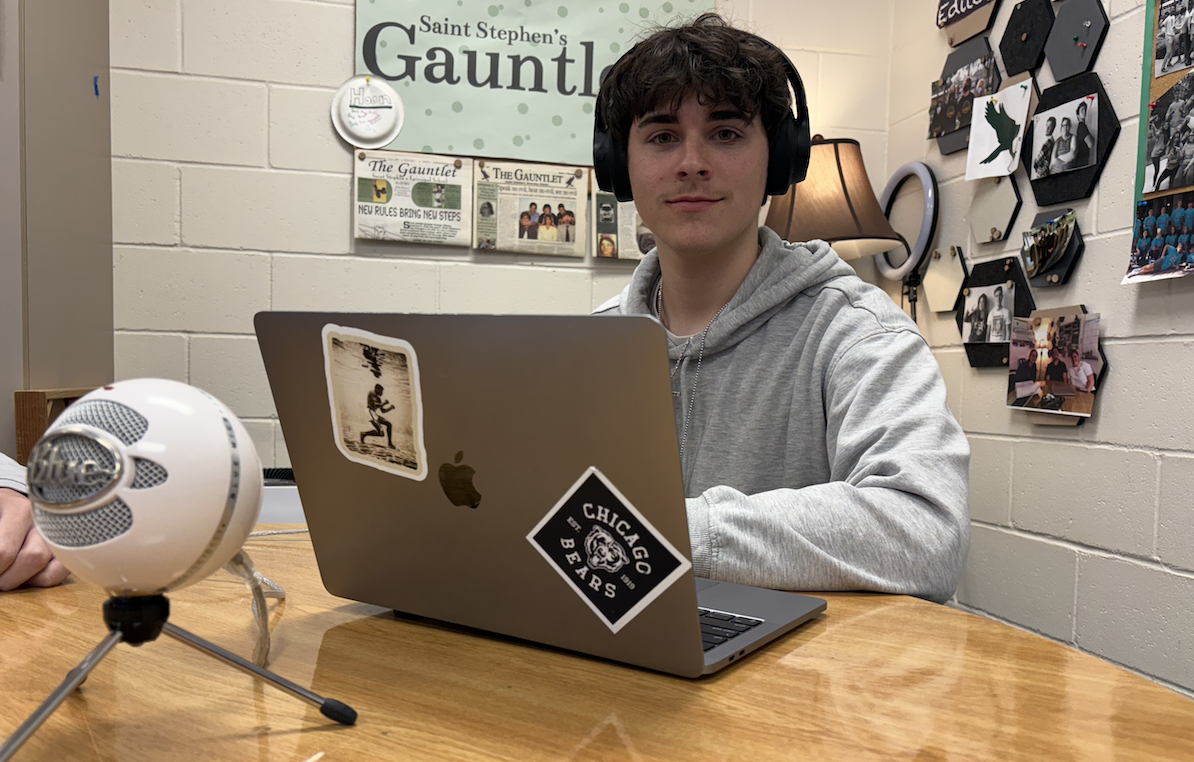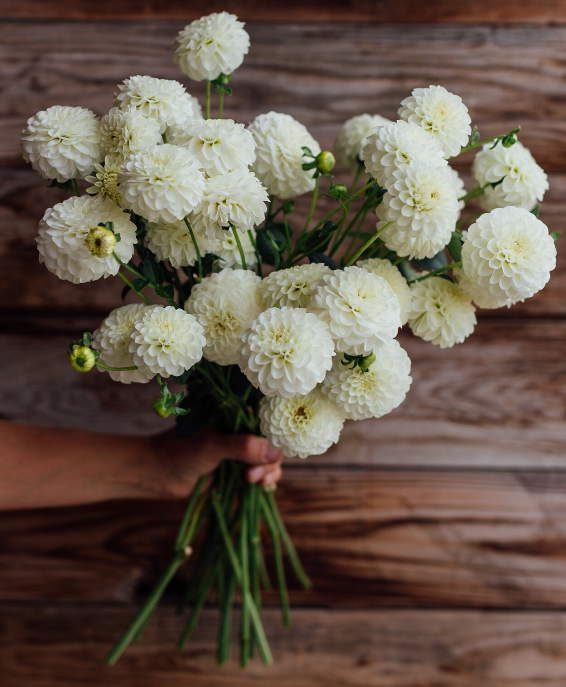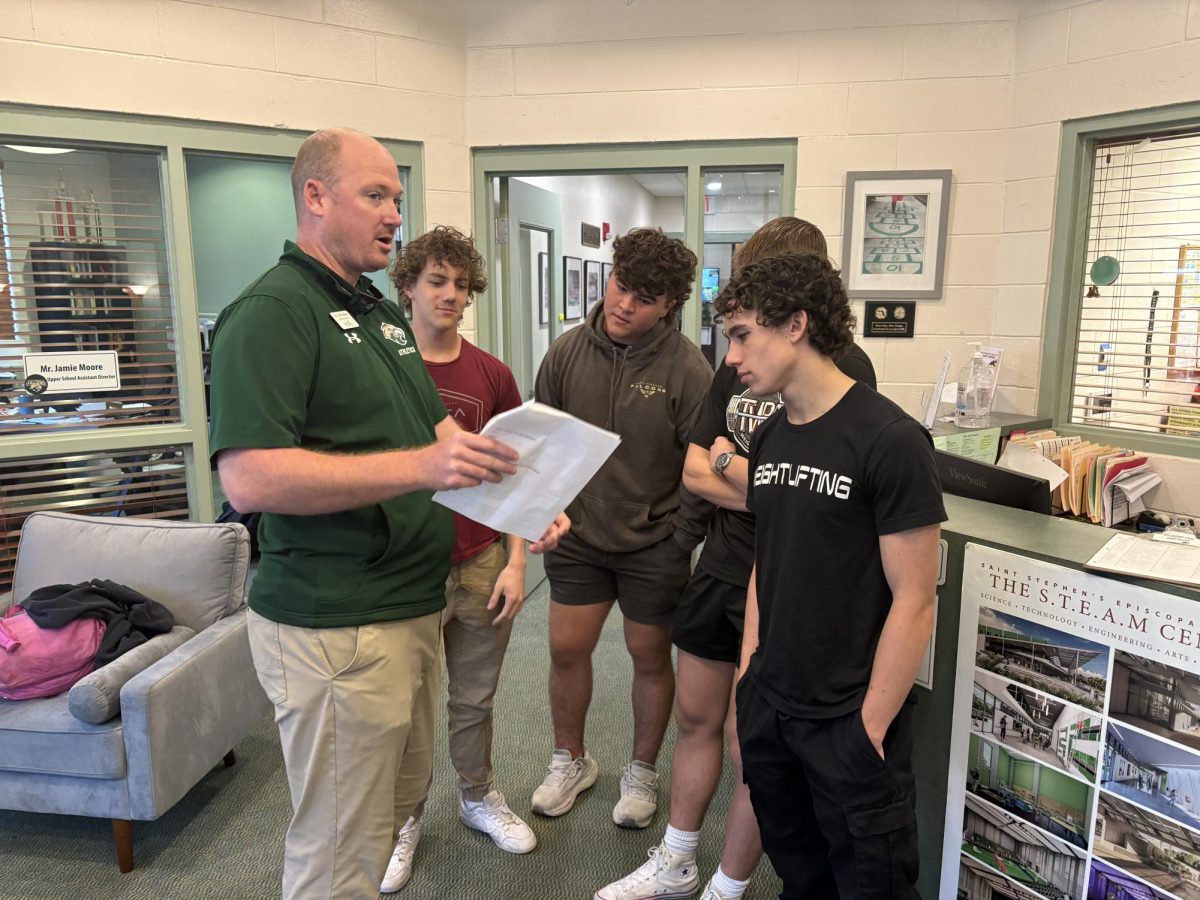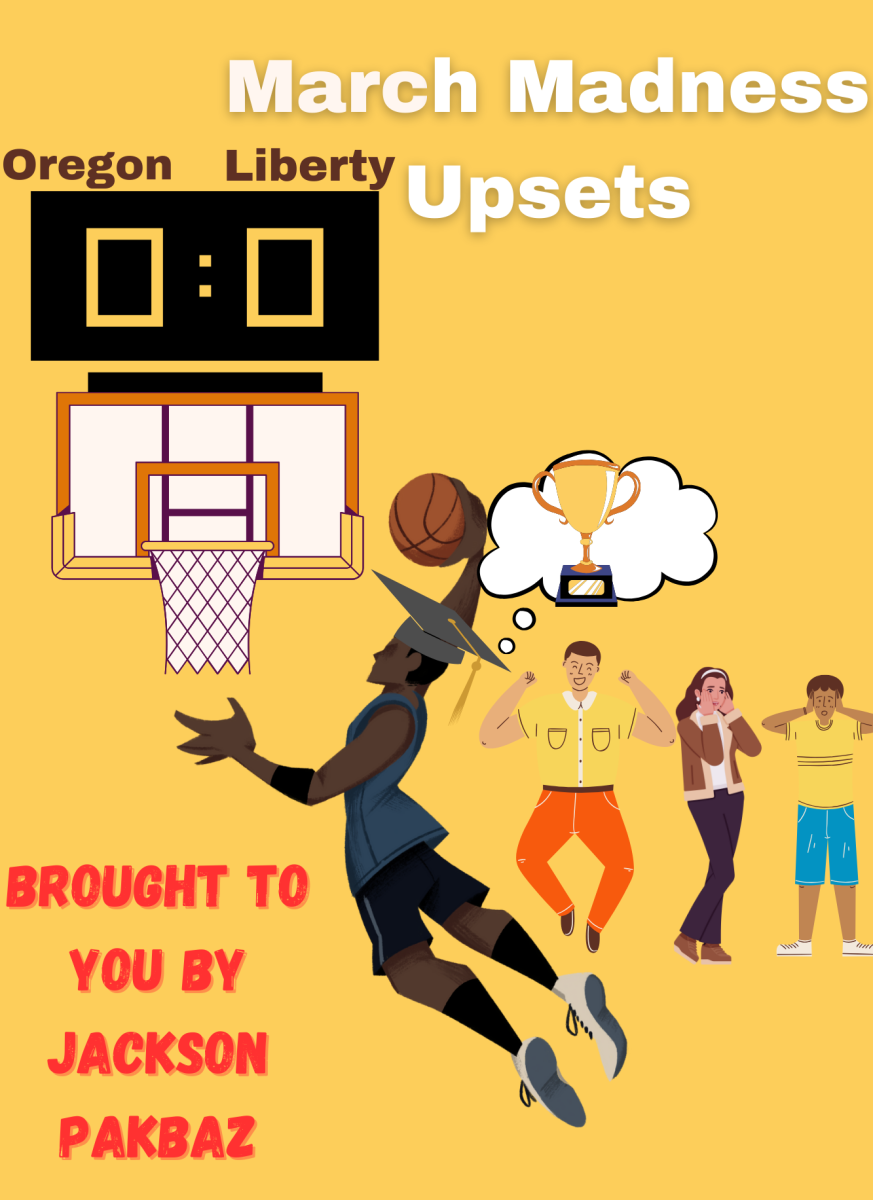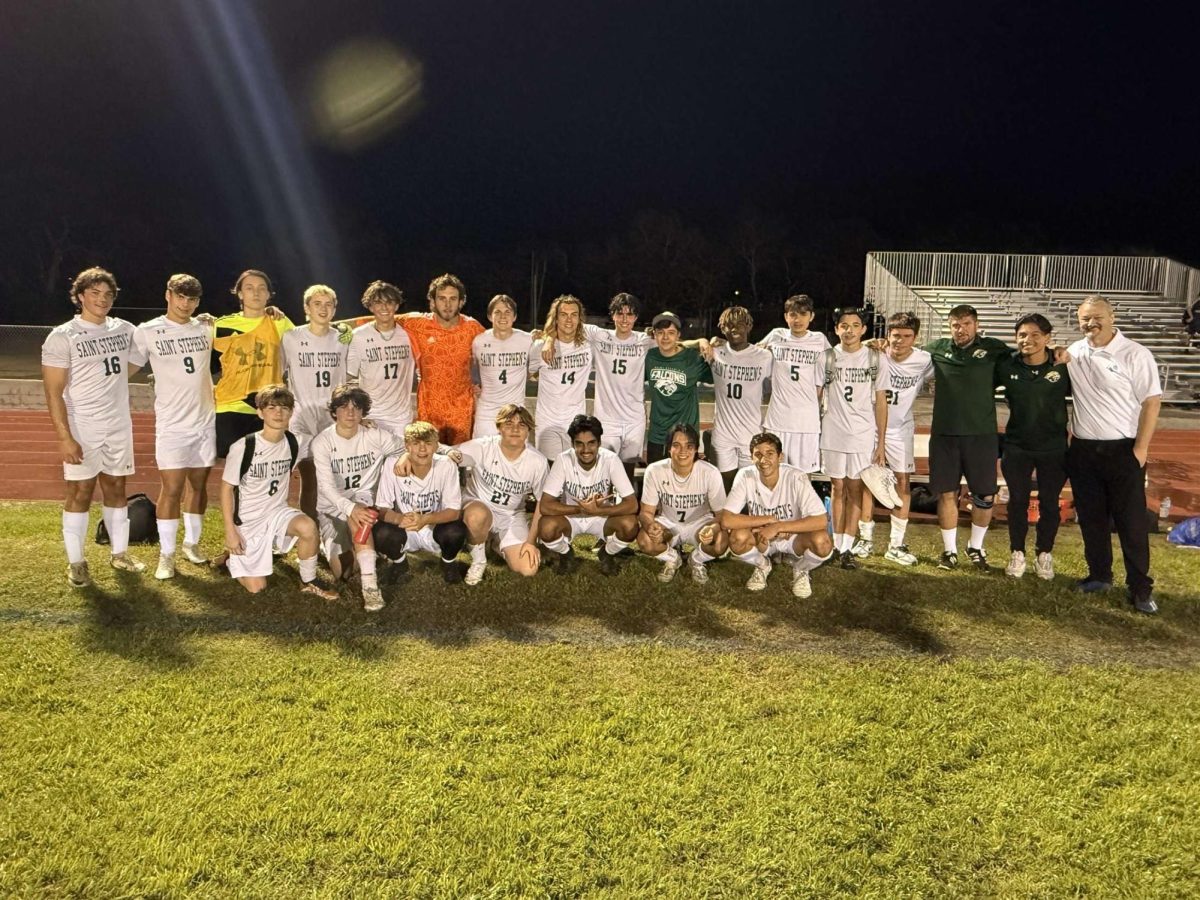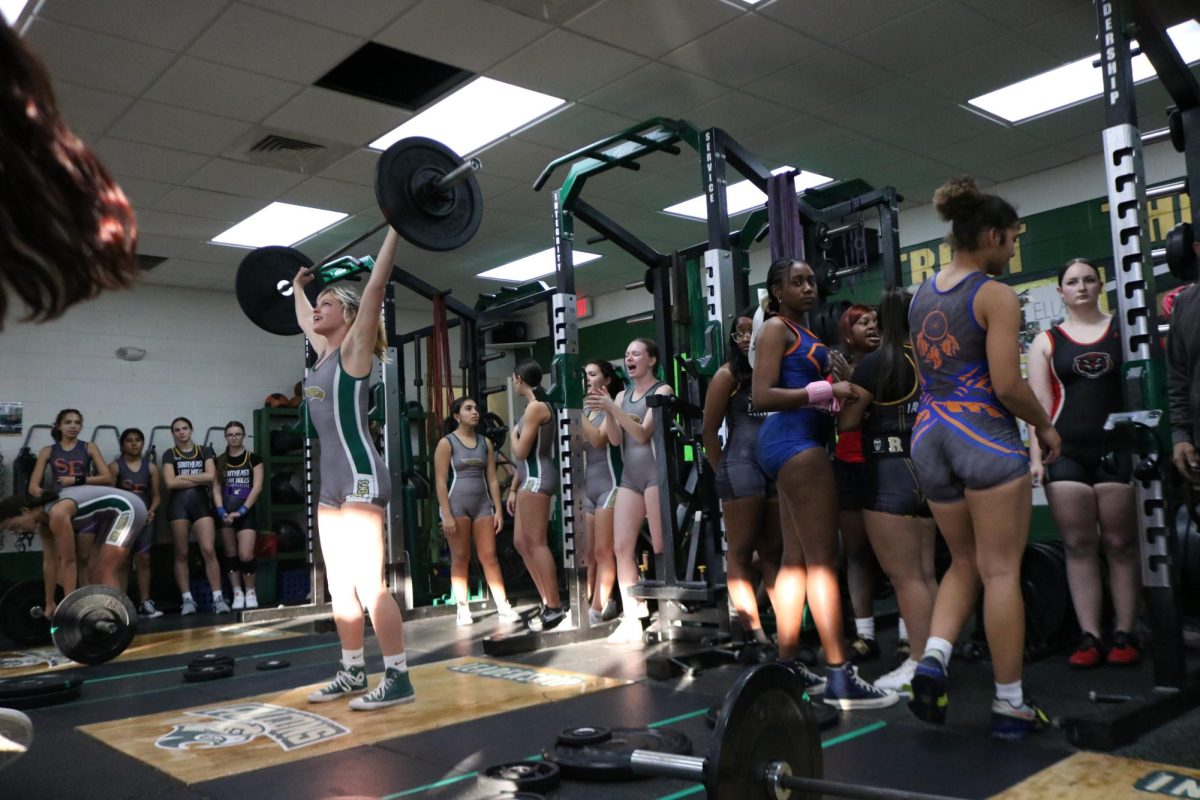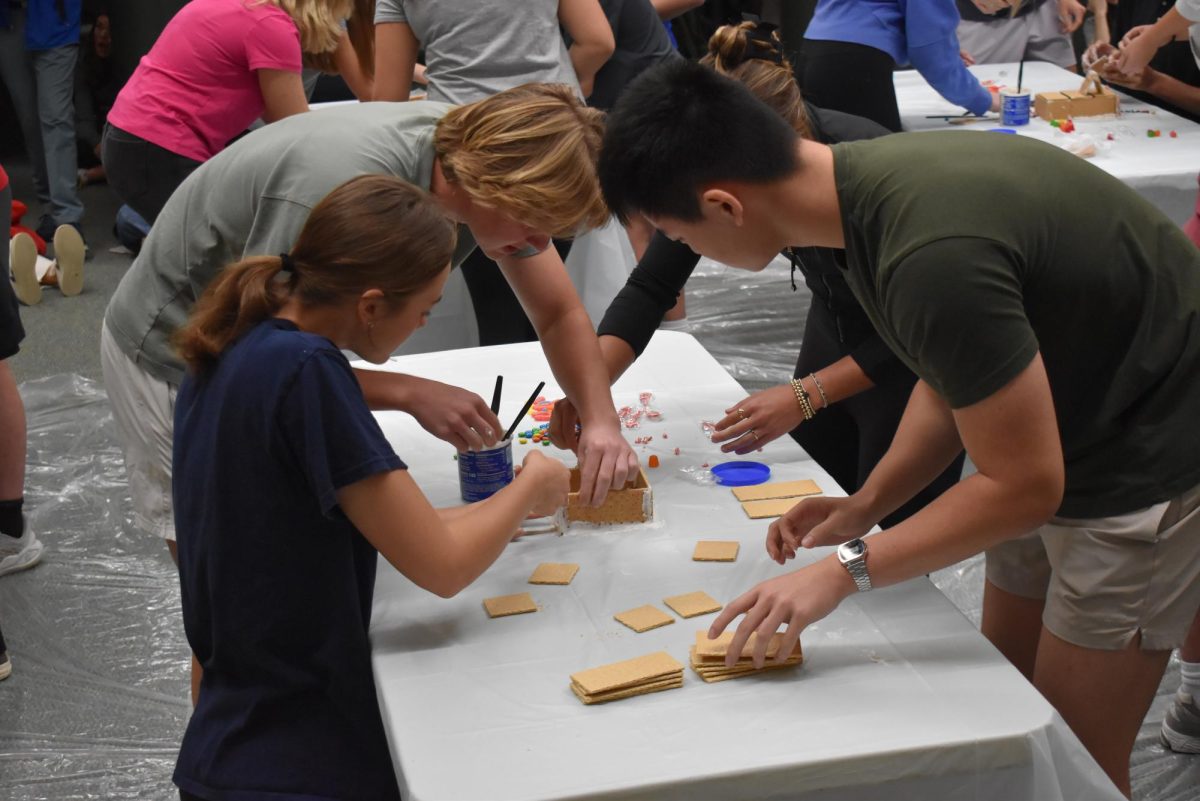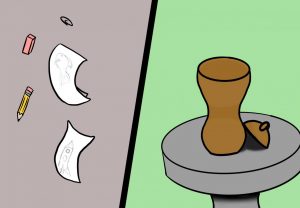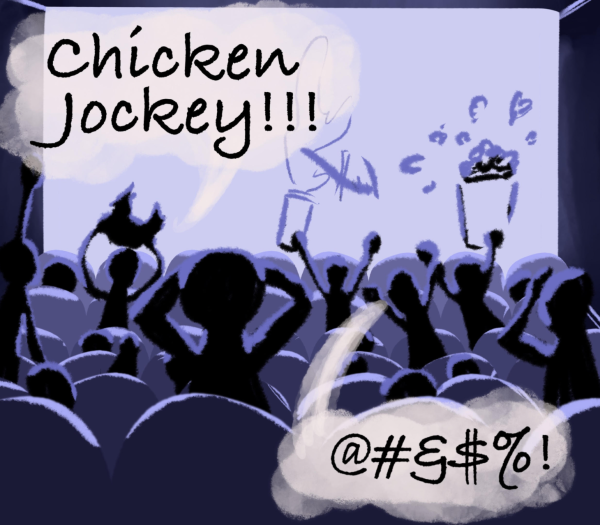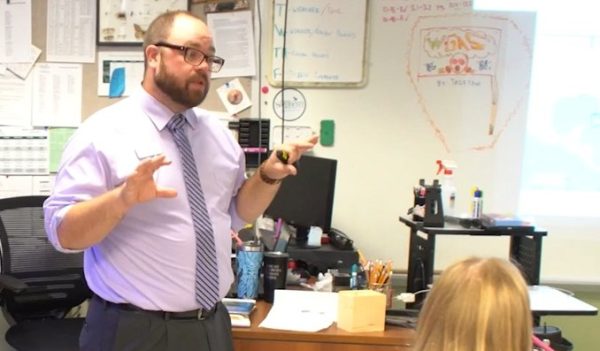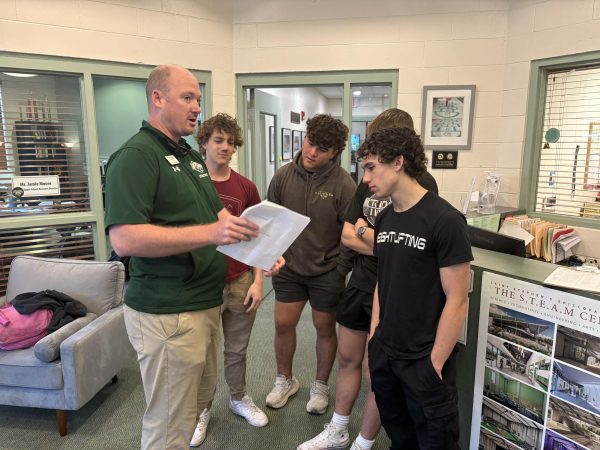Q&A with Ms. Lorelei Leibert
April 21, 2021
What classes do you teach?
The classes I teach this year are Mandarin in the Intermediate School, Mandarin in the Upper School (including Mandarin 2 and Mandarin 4/5 Honors), and I also have two sections of Art 1.
How did you decide to become involved in the Upper School art program? Was it out of necessity or an opportunity that you took advantage of?
It was brought up to me due to COVID and there’s no Mandarin in the middle school, so I was sort of free, and Ms. Johnson (the former 2-dimensional art and ceramics teacher, as well as the former Visual Arts Department Chair) had stepped away from Saint Stephen’s. I was like, “That would be really awesome,” because I had some training throughout high school. I was the studio TA for most Art 1 classes, so I worked in the photo lab, and I also helped people with Photoshop and certain [computer] programs.
What personal background do you have in art (educational or otherwise)? What ideas or experiences inspire you to be creative and teach others to be creative?
As I went into college, I took a few art classes and I also did a lot of religious art studies. I wrote papers on the Ringling Museum, so I would go there and look at the art and motif through a religious lens. High school was very “skills/hands-on,” but once I got into college, it was more [about] interpreting art and talking about history and its emphasis in society.
What changes are you making to the class curriculum and why? What have you kept the same? If there are some new artistic elements or techniques that you are introducing into the curriculum, why do you think they’re important to you and/or to the class as a whole?
As someone who didn’t have their own art curriculum, I looked at the old curriculum and sort of modified it from the projects that I was familiar with. So I was still focusing on the overarching themes, elements, and principles of art and design, but I just took a spin [on the different projects] for what I felt most comfortable with. Next year, I won’t be teaching art, so you can kind of think of me as like a long-term sub, in a way. Especially during COVID, we didn’t want to [make drastic changes to] the classes. If anything, it was more about keeping kids relaxed and engaged with an outlet through art, and less about hard skills.
Some of my favorite projects were projects that I was inspired by from my high school days. [During the dot project], (in which students practiced the pointillism technique) everyone was sitting there dotting their papers for hours on end, but then you got this really great creation, so it was nostalgic yet challenging. It was an overwhelmingly positive experience.
As a follow-up, would you say that that was your main goal: to get students to persevere in the face of artistic challenges, even if it doesn’t guarantee success in the end?
I definitely do not mind if [my students] fail. I think failure is a huge part of learning. If you start something and it’s not looking great, that’s not a reason to give up–that’s just a reason to work harder. So a lot of times when students are working on a project they’re like, “This is not turning out right,” and we’ll go back to the drawing board and look at the creative process. I stress a lot of sketching before you put it on that final paper.
What kinds of student artwork were you looking forward to presenting in the Alexi Tucker Memorial Art Show? Is there any one element/skill/theme that you wanted to emphasize when presenting these works?
The pieces I submitted from Art 1 are pieces that the students chose, so I did not tell them that they were [being submitted] into the art show; I just said, “I need you to upload your favorite piece.” Some of them weren’t the pieces that I would’ve chosen for them, but I really wanted to emphasize their own understanding of their skill. But there’s not really one skill I wanted to [focus on].
What do you hope your students can get out of your classes and the changes you have made to it?
I think that the students just feel like art is not stressful, you know? It’s an outlet, and art is a very important part of life.

